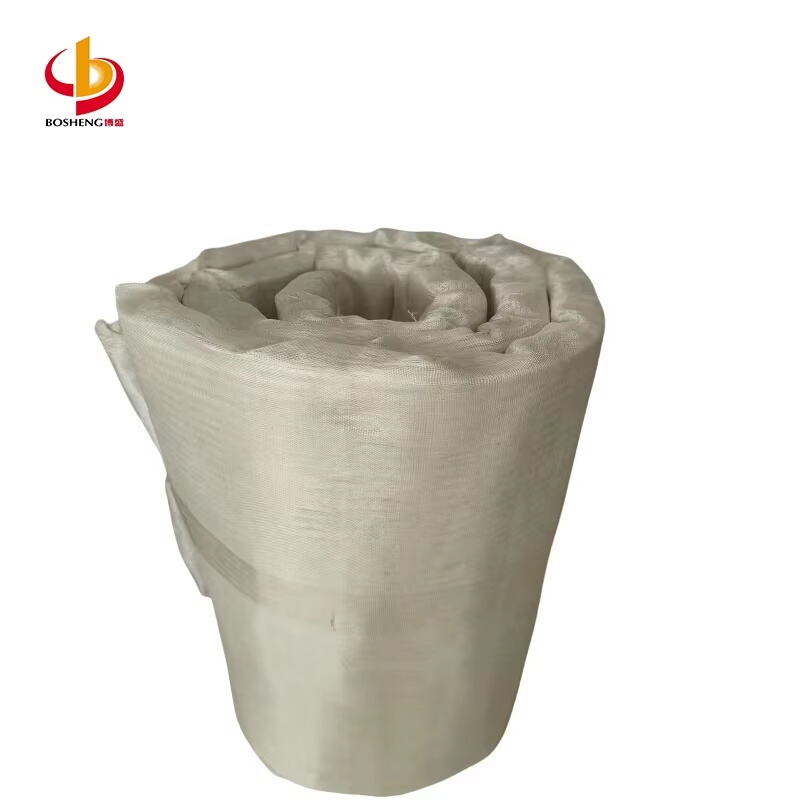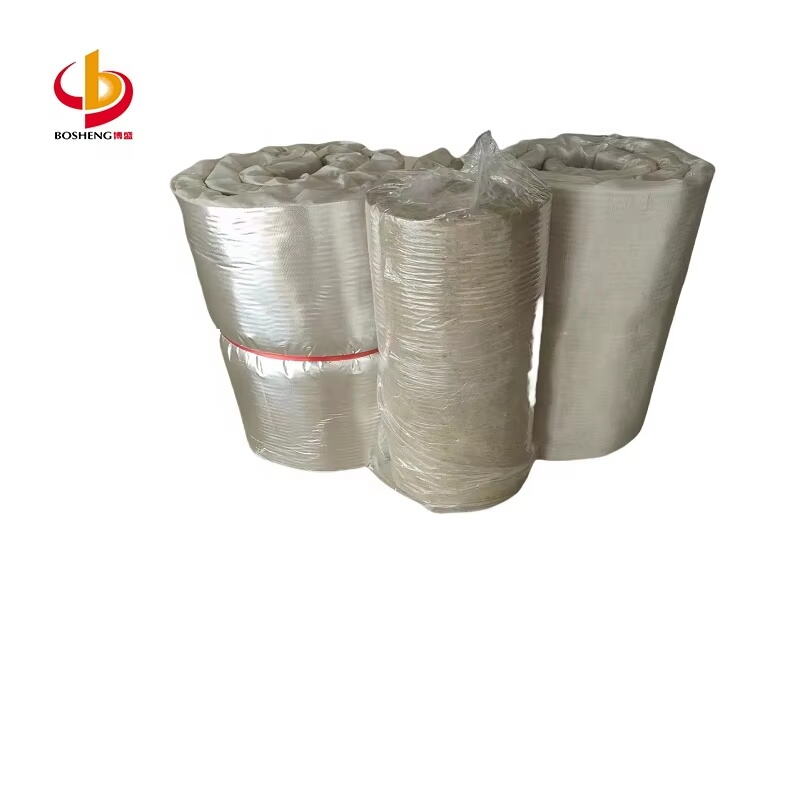Essential Guidelines for Choosing High-Performance Acoustic Insulation Materials
The selection of rock wool acoustic insulation plays a pivotal role in achieving optimal sound control and thermal performance in any building project. Whether you're working on a residential development, commercial space, or industrial facility, understanding the key considerations helps ensure you make an informed decision that delivers long-lasting results. This comprehensive guide explores the critical factors that influence the selection of rock wool acoustic insulation and how they impact overall building performance.
Technical Properties and Performance Characteristics
Sound Absorption Capabilities
Rock wool acoustic insulation is renowned for its exceptional sound-absorbing properties. The material's fibrous structure effectively traps and dissipates sound waves, reducing noise transmission between spaces. The Noise Reduction Coefficient (NRC) rating indicates how well the insulation absorbs sound across different frequencies. Premium rock wool acoustic insulation typically achieves NRC ratings between 0.95 and 1.00, meaning it absorbs up to 100% of incoming sound energy.
When evaluating sound absorption capabilities, consider the specific frequencies you need to address. Different thicknesses and densities of rock wool acoustic insulation perform better at certain frequencies. For instance, thicker materials generally provide better low-frequency absorption, while thinner panels may be more effective for high-frequency sounds.
Thermal Performance and Energy Efficiency
Beyond acoustic properties, rock wool acoustic insulation delivers impressive thermal performance. The material's R-value, which measures thermal resistance, helps maintain consistent indoor temperatures and reduces energy consumption. Higher-density products typically offer better thermal insulation properties, making them ideal for projects requiring both sound and temperature control.
Consider the local climate and building requirements when selecting insulation density and thickness. In extreme environments, combining acoustic and thermal performance becomes especially crucial for occupant comfort and energy efficiency.

Safety and Compliance Requirements
Fire Resistance Properties
Rock wool acoustic insulation stands out for its exceptional fire-resistant properties. Made from natural stone, the material can withstand temperatures up to 1000°C without melting. This inherent fire resistance makes it an excellent choice for buildings requiring strict fire safety compliance. When selecting insulation, verify that it meets local building codes and fire safety standards.
The non-combustible nature of rock wool acoustic insulation also contributes to overall building safety by preventing fire spread and providing valuable time for evacuation in emergency situations. Look for products with comprehensive fire testing certifications and documentation.
Environmental Impact and Sustainability
Modern construction projects increasingly prioritize sustainable materials. Rock wool acoustic insulation often contains recycled content and can be recycled at the end of its life cycle. Consider manufacturers who demonstrate commitment to environmental stewardship through sustainable production processes and transparent environmental product declarations (EPDs).
Evaluate the material's contribution to green building certifications such as LEED or BREEAM. Many rock wool acoustic insulation products offer points toward these certifications through their recycled content, local sourcing, and environmental performance characteristics.
Installation and Practical Considerations
Ease of Installation and Handling
The installation process significantly impacts project timelines and costs. Rock wool acoustic insulation should be easy to cut, fit, and install without requiring specialized tools or extensive training. Consider the material's weight, flexibility, and whether it maintains its shape during installation. Products that come in convenient sizes and are easy to handle can reduce installation time and labor costs.
Look for manufacturers who provide comprehensive installation guidelines and technical support. Some offer training programs or certified installer networks to ensure proper installation and optimal performance.
Long-term Durability and Maintenance
Rock wool acoustic insulation must maintain its performance characteristics throughout the building's lifetime. Consider factors such as moisture resistance, dimensional stability, and resistance to settling or sagging. Quality products should retain their thickness and density even under challenging conditions.
Evaluate the manufacturer's warranty terms and documented performance data over time. Products with proven track records of durability often provide better long-term value despite potentially higher initial costs.
Cost Considerations and Value Analysis
Initial Investment vs. Lifetime Value
While initial cost often influences selection, consider the total lifecycle value of rock wool acoustic insulation. Higher-quality materials may command premium prices but often deliver superior performance and longevity. Calculate the return on investment by considering energy savings, reduced maintenance needs, and potential acoustic performance benefits.
Factor in installation costs, including labor and any special requirements. Sometimes, paying more for easily installed products results in overall project savings through reduced labor costs and faster completion times.
Performance Requirements and Budget Alignment
Balance performance requirements with budget constraints by clearly defining priority areas. Not all spaces require the same level of acoustic performance. Strategic use of different grades or thicknesses of rock wool acoustic insulation can optimize both performance and cost.
Consider zoning approaches where premium products are used in critical areas while standard options suffice for less demanding spaces. This targeted approach helps maximize the value of your insulation investment.
Frequently Asked Questions
How long does rock wool acoustic insulation typically last?
High-quality rock wool acoustic insulation can last the lifetime of the building when properly installed and maintained. The material maintains its dimensional stability and performance characteristics for decades, often exceeding 50 years under normal conditions.
Can rock wool acoustic insulation be installed in existing buildings?
Yes, rock wool acoustic insulation can be retrofitted into existing structures during renovation projects. The material's flexibility and various available formats make it suitable for both new construction and renovation applications, though installation methods may vary.
Does rock wool acoustic insulation require special maintenance?
Rock wool acoustic insulation typically requires minimal maintenance when properly installed. The material is naturally resistant to moisture, mold, and pests. Regular visual inspections for any damage or displacement are recommended, but no specific ongoing maintenance is necessary.




